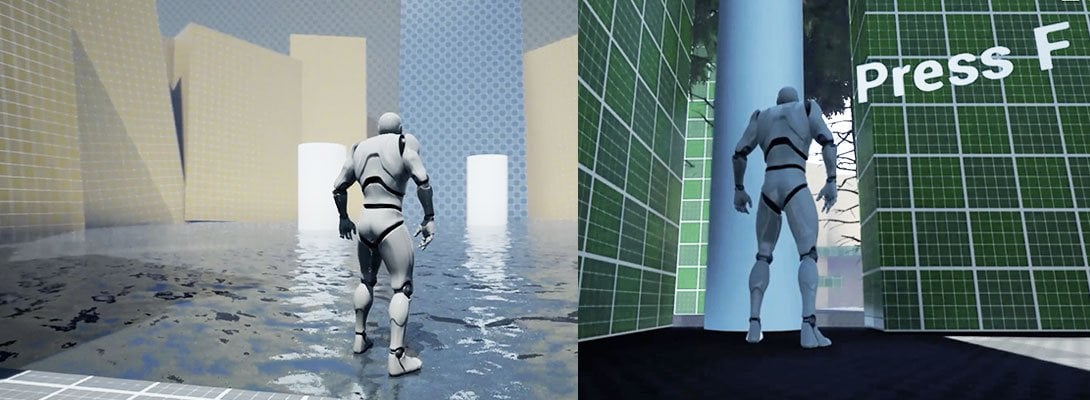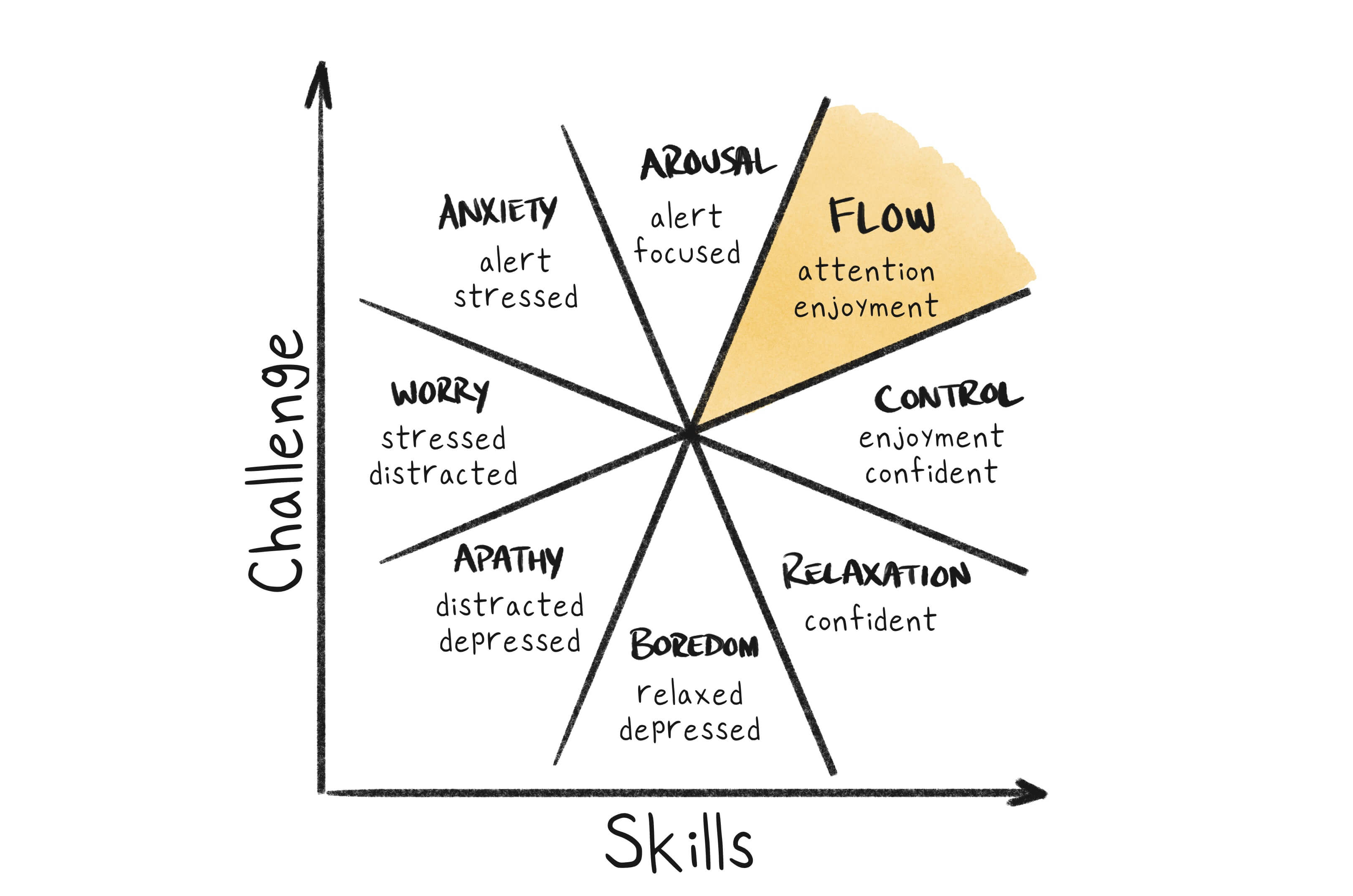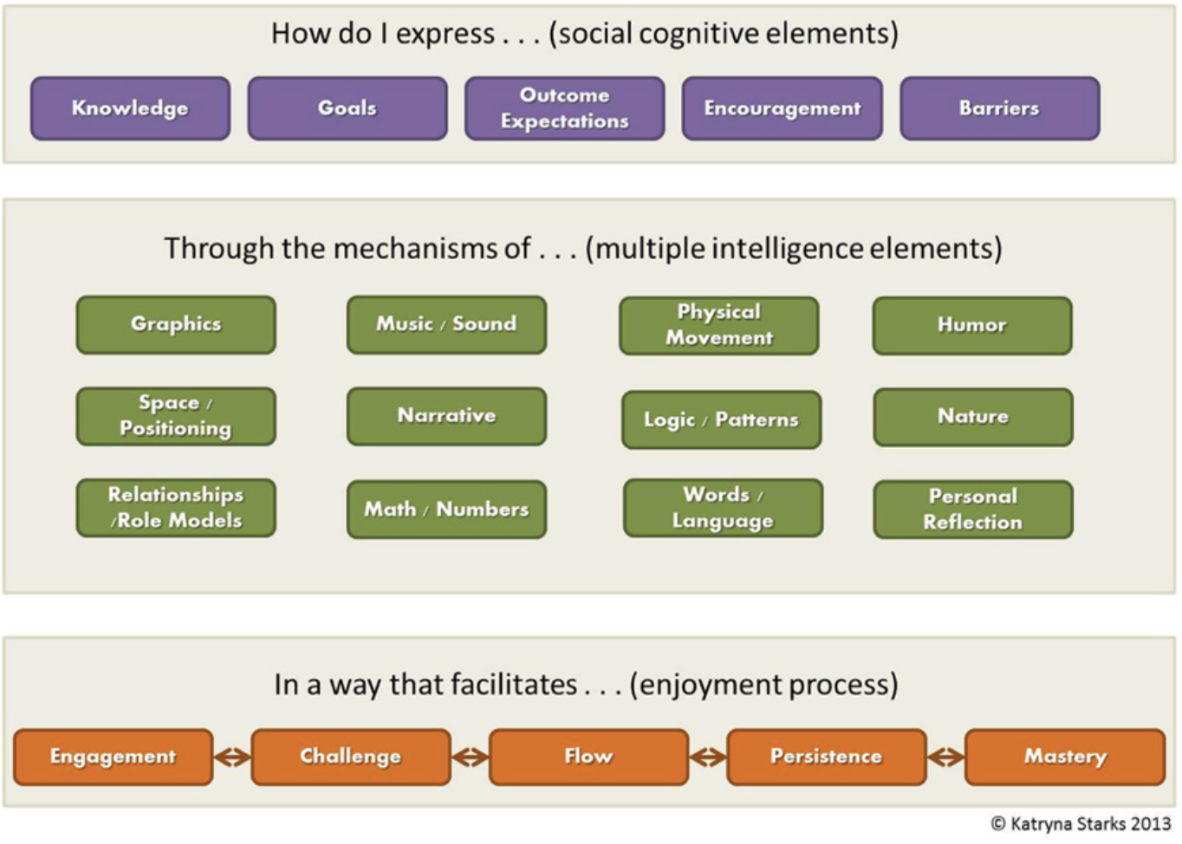Game design and behavioral-cognitive studies: building a game is not a game

A game designer's challenge (and not just his own)
Gamification, or everything related to the modus operandi of a game in extra-game situations, is one of the most engaging forms of entertainment to date: through challenges, motivational rewards, team collaborations, and environments to be discovered, it has the ability to make the user who uses it (at any age) grow, change, and learn something.
Examples of educational games, defined as "serious" are certainly not new at the moment: playing games to induce improvement in one's nutrition, to encourage sports activity or to treat certain types of diseases such as asthma are just a few examples of what has already been implemented and (positively) tested as effective.

Can we talk about a benefit?
Certainly, but also more than one: gamification allows people to really be people even while they are playing, through identification and active participation in the proposed activities. It follows that any kind of message can get through faster. At the same time, companies can get feedback from the user, in the form of data. Don't worry, we are not talking about sensitive data, but data related to choices made during the game, to learn more about our tastes, business and behavior habits, etc.
In summary, with gamification you can achieve:
- Greater acceptance of failure, because players do not feel it is final but know that they can simply try again;
- More fun;
- What is learned becomes visible through progress indicators;
- Players more comfortable in game environments, thus more proactive and resilient to making mistakes;
- Higher levels of engagement and concentration increased creative thinking through the opportunity to think outside the box.

Gamification is for everyone
What if we told you that this world can also lead to improving our relationship with a group, and our critical sense? Yes, because this practice is not only used by brands, but also by cultural institutions and schools, for educational and didactic purposes: through gaming, children (and not only them) cooperate, and even change some behaviors. Even the most timid can participate and win, together, and feeling easily involved. We are talking about the famous term "edutainment": learning while having fun, a practice that is still too uncommon in Italy. But we are working on it.
The Carta Nostra case: how was it conceived and why can it work?
An example of gamification of a cultural activity for educational purposes is definitely the virtual reality card game "Carta Nostra" designed for the Villa Rosa Museum, in Sicily. Villa Rosa is set within a delicate context: in fact, the villa had previously been confiscated by the Sicilian Mafia.
In creating this game, we asked ourselves what was the best way to engage and educate on the issue of caporalato "a child target audience, and the answer was in the game itself.
Beware, however: gamification is not only about the interactivity part of a game, but also about being able to involve in all senses, or rather, all the senses: sound design, the Tone of Voice used, the aesthetics of the characters and the landscape in which they are placed come into play.
Involvement as key word: game design
Where then is the challenge? Apparently a user doesn't notice, but a designer does: designing games is not child's play (ironically).
A game designer must be a designer and an educator at the same time: he or she must have aesthetic sense, practical sense, and empathic sense. If you find a full one, don't let him or her get away; he or she is a rare resource but exists, we can confirm. On the other hand, it is not always possible for an educator to effectively incorporate educational principles into play, especially if this is done with a new technology.
Yet, this method of work, and therefore the professionalism required in the field, is by no means new: think that since 2010 gamification has been integrated into the Italian educational method, defined as "innovative-constructivist method."
Why is psychology crucial in game development?
To foster the so-called flow state, it is necessary to work on involvement, motivation and the creation of optimal situations, behaviors and dialogues in a realistic way, and the player's freedom of choice: this is why psychologists should be at the forefront.
But let's take a step back: what is a flow state?
In video gaming, as in all the other activities we do - from reading a book to watching our favorite TV series - it can happen that we experience a state of flow, that is, a state of absorption that makes us feel neither the fatigue of the activity we are doing nor the time passing. It sounds like something frightening, but in fact this concept is the basis of every learning process.
Difficult to achieve? Definitely yes: the flow state is not a condition that is always present during play, but only in conditions where there is a balance between the proposed challenges (the difficulty of the game) and the perception of feeling capable. A game that is too simple will bore us, while a game that is too complex may bring us anxiety, disappointment or frustration.

What it means to do cognitive behavioral game design (CBGD) and why it is important in game design
This name may sound like a technicality understandable to the few, but on the contrary, it is for everyone: we are in fact talking about "serious games" or those games defined as such because making you play is not their only purpose. The evolution of edutainment, in a nutshell. CBGD is precisely that subject that combines the studies of game designers with those of a cognitive-behavioral trained psychologist, which is therefore fundamental to creating any new game. It is often linked to studies and analysis of Multiple Intelligence, and the various elements it encompasses.

What is Multiple Intelligence?
Simply put, the goddaughter of psychologist Gardner: he demonstrated that there is not just one intelligence, but as many as nine, referring to as many structures in the brain (independent of each other). This means that an individual is intelligent in nine different ways, but at the same time the various intelligences combine complementing each other. You feel better now, don't you?
Elements under study of CBGD and multiple intelligence within a virtual and non-virtual environment
There are a variety of elements to analyze before trying your hand at creating a game environment: the player must feel at home, but also in an environment that can stimulate him. He must feel immersed, but also free to move and make choices. He must feel independent, but also part of a team. From sound design to storytelling, there are many steps to take to create the comfort-zone of play. Let us analyze the three fundamental ones here:
The spatial element
It is part of visual/special intelligence. In CBGD, it refers to the way the player moves in the game environment. In some games, the player moves through a virtual environment, such as a dungeon, a field, a maze. In other games, the player may move in a physical environment. As more games are developed that use body sensors instead of traditional hand-held controllers, the potential for using space (and with it, the physical activity that can result) will increase.
The relational element
Game relationships can refer to relationships with characters within the game. This element is foremost in the cognitive-social sphere, and comes in the form of "social encouragement and support." Although social support is primarily familial, scholar Bandura realized that fictional characters present in a game can also serve as role models. For example, relationships can be created within a guild in classic multiplayer games.
However, a "serious game" could also include offline encounters as part of the game, encouraging real-life activism. One example we are all familiar with is Pokemon Go, but there are a thousand somewhat more niche creations such as Zombies Run, games that encourage physical activity by sending alerts to the player's phone that warn them of a new Pokemon near them, or a chase by zombies. Groups can thus choose to meet in one place and be "chased" together.
The story element
The story element in games is an expression of verbal intelligences within the theory of Multiple Intelligences, but it appears as a separate element from language.
Storytelling can be used in a number of ways, one of which is the facilitator of cognition of a given situation: in other words, the player is immersed in a situation or context, in which cognition is confined to that context; this allows him or her to focus fully on the game without being "influenced" by the educational side. How does one accomplish this? By solving puzzles, rewiring pieces, guessing quizzes-these are just a few examples of techniques used by game designers and cognitive-behavioral psychologists to incentivize players to solve the game puzzle.
In short, playing a game is easy and almost straightforward; building a game is quite the opposite.
We have opened the curtain for you on this work, which is as fascinating as it is challenging, in that each professional must be able to interface with the other's work, and know how to fit the pieces together well to ensure a realistic, immersive, and engaging gaming experience. Now are you ready to bring your game to life?
